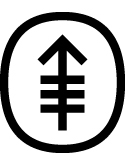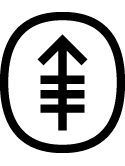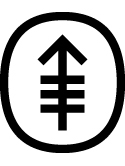| Abstract: |
Purpose: We conducted a phase II pilot study of dose-intensive adjuvant chemotherapy with doxorubicin followed sequentially by high-dose cyclophosphamide to determine the safety and feasibility of this dose-dense treatment and to estimate the disease-free and overall survival in breast cancer patients with four or more involved axillary lymph nodes. Patients and Methods: Seventy-three patients received adjuvant treatment with four cycles of doxorubicin 75 mg/m2 as an intravenous bolus every 21 days, followed by three cycles of cyclophosphamide 3,000 mg/m2 every 14 days with granulocyte colony-stimulating factor support. Results: Seventy-one patients were assessable, and all but two completed all planned chemotherapy. There was no treatment-related mortality. The most common toxicity was neutropenic fever, which occurred in 39% of patients. Median disease-free survival is 66 months (95% confidence interval, 34 to 98 months), and median overall survival has not yet been reached. At 5 years of follow-up, the disease-free survival is 51.7%, and overall survival is 60.0%. There is no long-term treatment- related toxicity, and no cases of acute myelogenous leukemia or myelodysplastlc syndrome have been observed. Conclusion: Our pilot study of doxorubicin followed by cyclophosphamide demonstrates the safety and feasibility of the sequential dose-dense plan. Long-term follow-up, although noncomparative, is promising. However, this regimen is associated with a higher incidence of toxicity (and also higher costs) than the standard dose and schedule of doxorubicin and cyclophosphamide, and therefore it should not be used as conventional therapy in the absence of demonstrated improvement of outcome. Randomized trials testing the dose-dense approach have been completed but not yet reported. Because the sequential plan can decrease overlapping toxicities, it is an appropriate platform for the addition of newer active agents, such as taxanes or monoclonal antibodies. |

















